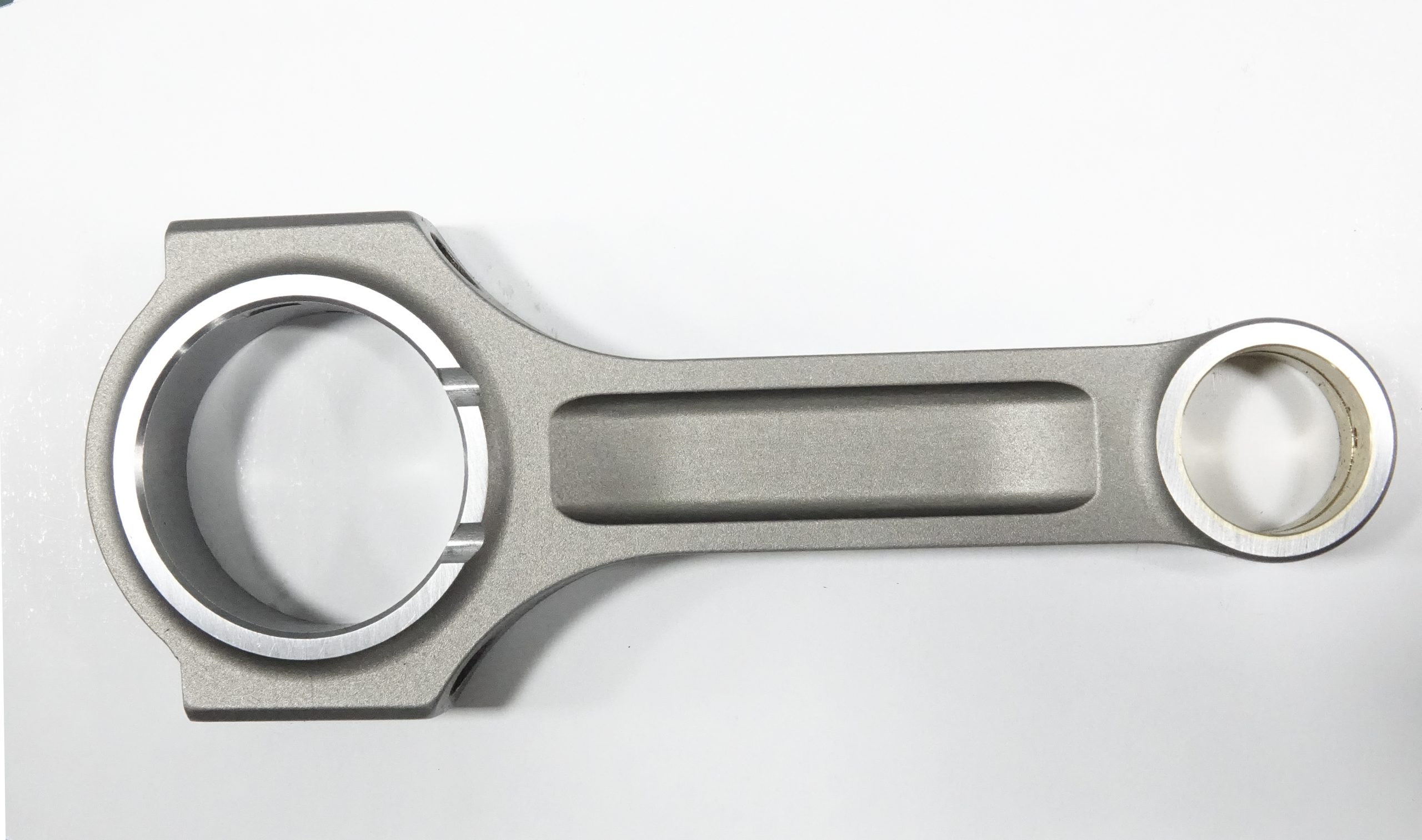An SBC connecting rod is a crucial component in any Small-Block Chevy (SBC) engine, responsible for transferring the force generated by the pistons to the crankshaft. When building or upgrading an SBC engine, selecting the right connecting rods is essential to ensure optimal performance and longevity. This article will explore the key factors to consider when choosing SBC connecting rods and offer tips for proper installation and maintenance.
Material selection plays a significant role in the performance and durability of an SBC connecting rod. Stock SBC connecting rods are generally made from cast or forged steel, providing adequate strength for most applications. However, if you plan to increase your engine’s horsepower and torque, upgrading to stronger materials like forged steel, billet steel, or even titanium may be necessary to withstand the added stress.
Another critical factor when choosing an SBC connecting rod is its design. The most common designs are I-beam and H-beam, each with its own advantages. I-beam connecting rods are lightweight and offer excellent resistance to bending forces, making them suitable for many street and mild performance applications. On the other hand, H-beam connecting rods provide increased strength and rigidity, ideal for high-horsepower and racing applications.
Bolt quality is another important consideration when selecting an SBC connecting rod. Connecting rod bolts are subjected to immense stress during engine operation and must be able to withstand this stress without failure. Look for connecting rods that use high-quality fasteners from reputable manufacturers, as these will provide superior clamping force and reliability.
When it comes to proper installation of SBC connecting rods, always follow the manufacturer’s torque specifications and use a calibrated torque wrench to ensure a secure connection. Applying a quality lubricant to the connecting rod bolts and threads will reduce friction and allow for more accurate torque readings. Additionally, it’s essential to align the bearing shells correctly and ensure that the wrist pin is properly seated in the piston and connecting rod.
Regular maintenance is key to maintaining the performance and longevity of your SBC connecting rods. Adhere to a routine maintenance schedule, inspecting the connecting rods for signs of wear or damage. Address any engine-related concerns promptly to prevent potential issues from escalating into costly failures.
In conclusion, understanding the importance of SBC connecting rods and the factors to consider when selecting them is crucial for optimizing your Small-Block Chevy engine’s performance and longevity. By choosing the right connecting rods, following proper installation procedures, and maintaining your engine diligently, you can unlock your SBC’s full potential and enjoy its power for years to come.
